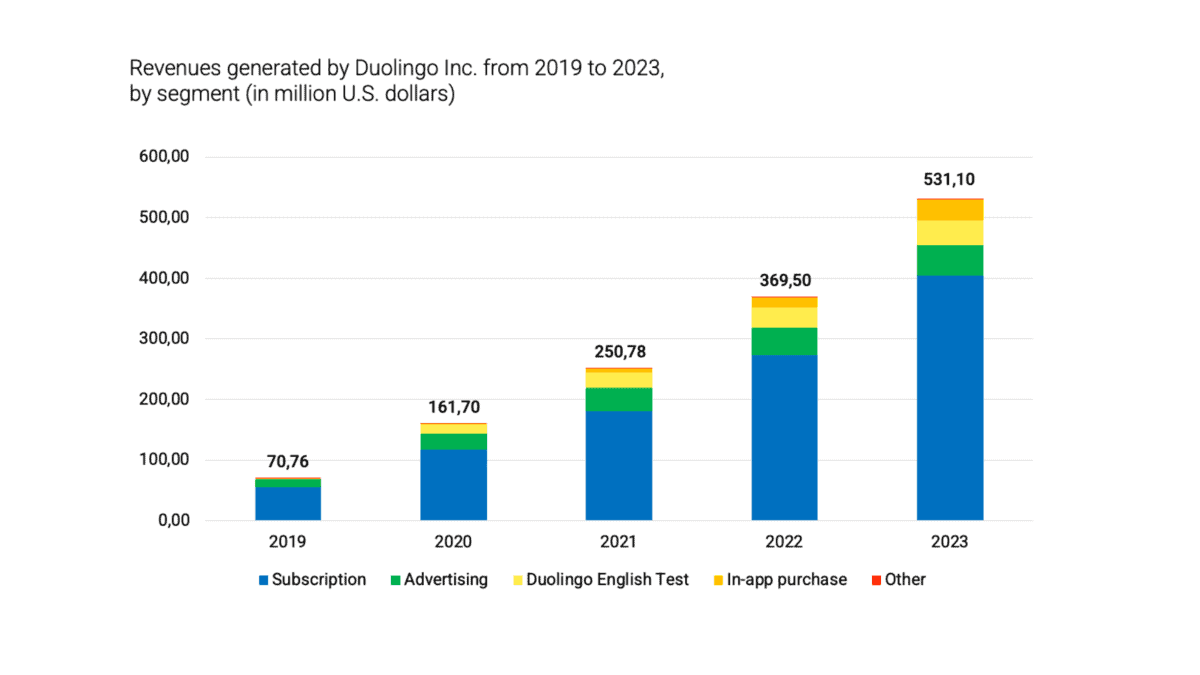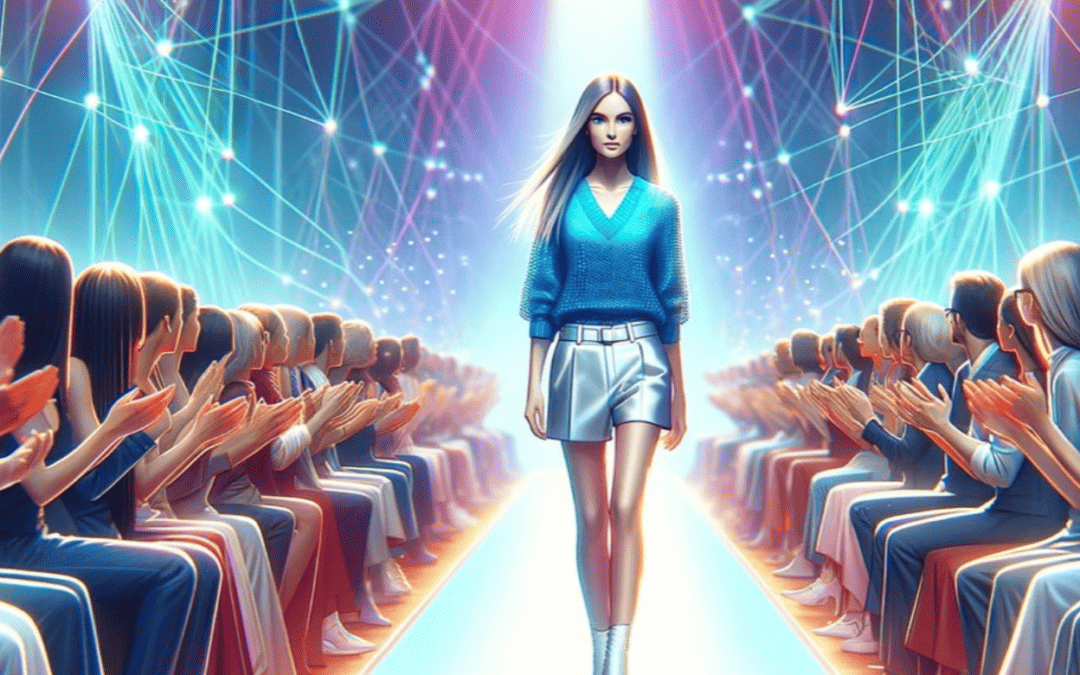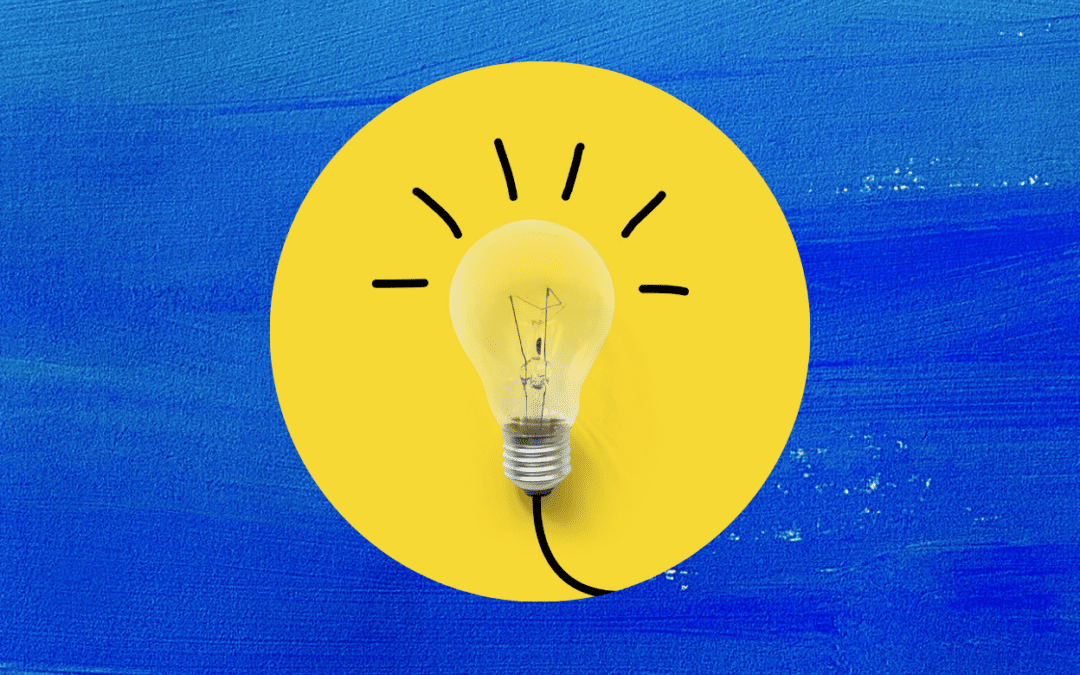By Oh Young Koo
Institute Senior Executive Fellow at The INSEAD Blue Ocean Strategy Institute
Have you ever attempted to take free online classes from Coursera or Udemy? Did you complete the class or drop it in the middle of it? A study revealed that when it comes to free online courses over 90% of people drop out, which shows how hard it is for online courses to retain people’s motivation to stick with learning when delivered online. What if the online learning could be as fun as playing a mobile game?
The Rise of EdTech: Transforming Access to Education
The rise of Education Technology (EdTech) in the early 2010s transformed the way people accessed education. Online platforms like MOOCs (Massive Open Online Courses) have made high-quality learning more affordable and accessible than ever, with prestigious universities offering their highly acclaimed curricula online.
Traditional institutions quickly adapted their offline courses for the web, while new companies followed and even led the rush to capture the rapidly growing market, which was projected to increase by an impressive 23% annually.
The Limits of Traditional Online Learning Models
As the EdTech market grew, however, it also struggled with inherent limitations. Online learning was cheaper and more accessible than offline education but often suffered from poor learner engagement and motivation.
Despite these challenges, most players competed within the traditional boundaries of the education industry, highlighting the advantages of online learning vis-à-vis offline models yet failing to address its critical limitations.
Finding a Blue Ocean Opportunity in Online Education: Enter Duolingo
How could an EdTech company seize a blue ocean opportunity in a rapidly growing yet competitive market to achieve scalable and profitable growth?
Enter Duolingo, a language-learning app that suggests a new way of online learning that is affordable and accessible to everyone while effective and fun.
From Learning to Playing: How Gamification Changes the Game
When Duolingo launched in 2012, online learning initially positioned itself as a low-cost alternative to traditional classrooms. It offered convenient self-paced learning at a low price and appealed to a vast pool of noncustomers of traditional learning due to time, geographical, and financial constraints. While it unlocked educational opportunities for those people, this opportunity did not always lead to real impact.
Online education often lacked mechanisms to retain learners, so people who registered for a course rarely accomplished their learning goals. However, most EdTech companies took those challenges as inherent constraints of online education. They sought to make incremental improvements within their existing market boundaries by offering more tailored courses and rigorous curricula.
A New Vision: Turning Pain Points into Value
Luis von Ahn and Severin Hacker, two computer scientists from Carnegie Mellon University, took a different approach to making online education universally accessible. Instead of embarking on their field of expertise like coding or mathematics, they chose language education, believing it could transform lives by unlocking better career opportunities.
Their mission was not to compete with existing online education models but to create a fundamentally new experience that ensures real progress in learning. That is, addressing critical pain points of online learning and turning them into unprecedented value.
As shown in the “Buyer Utility Map of Online Language Learning,” existing online offerings such as Rosetta Stone (1992) and Babbel (2008) focused on delivering language learning programs online. They provided a wide range of courses, targeting a specific group of learners such as businessmen, travelers, and young students.
Each language has rigorous curricula designed for a certain level of proficiency and intensive courses for specific language elements such as grammar and vocabulary. Online learners had a wide range of programs that could be accessible anytime from anywhere, with a variety of online resources to help them learn.
While online education attracted learners with low prices and seeming convenience, the passive learning experience that heavily relied on intrinsic motivation prevented most users from keeping up their learning.
Learners did not feel the motivation and pressure to perform that comes with showing up before your teacher and peers, as there was limited interaction. They felt isolated, and their progress often went unacknowledged or unrewarded, leading to disengagement. For Duolingo, these were the biggest blocks to utility that lost learners’ interest and motivation to keep learning.
The Buyer Utility Map of Online Language Learning

Source: Author’s creation
When Learning Feels Like Play: How Duolingo Keeps Learners Hooked
Duolingo set out to address these challenges by reimagining how languages are taught online. To clear blocked utilities in the existing online language learning offerings, Duolingo shifted its focus from the productive delivery of education service to an active, engaging, and even addictive learning experience.
“What we’ve done is that we’ve used the same psychological techniques that apps like Instagram, TikTok, or mobile games use to keep people engaged, but in this case, we use them to keep people engaged but with education,” said Luis von Ahn in his TedTalk [1].
Duolingo’s solution was a language-learning app that feels more like playing a game than studying. It employs gamification techniques in pedagogy to boost learners’ engagement, motivation, and participation.
Duolingo users are guided by a playful mascot, Duo the Owl, who cheers for progress or sends witty reminders. Lessons are designed as bite-sized activities so learners can complete them quickly as if playing a simple mobile game. Learners, or players, are grouped into leagues where users compete on experience points earned.
The top-ranked users are promoted to a higher league, while the lowest-ranked users are demoted to a lower league. The competitive environment makes language learning dynamic and socially engaging, motivating users to practice regularly and progress in their language studies.
Gamification Techniques in Duolingo Learning

Sources: Duolingo Press kit, Author’s creation
Duolingo’s Market Reconstruction

Source: Author’s creation
The Results Speak: Duolingo’s Remarkable Growth and Impact
Not only did Duolingo make language learning fun, but it also made online learning personal for each user. Recognizing the effectiveness of gamification can vary by individual preferences, Duolingo developed AI algorithms to tailor lessons to individual learners’ different proficiency levels.
Through machine learning, the user’s performance data is analyzed over time to adjust the content and difficulty of exercises to match each user’s learning pace and patterns. This personalized approach facilitates efficient progression.
The consequence was remarkable. Duolingo has grown exponentially, becoming the world’s most popular language-learning app.
In 2021, it served 40 million monthly active users learning 40 languages, including fictitious languages spoken in the movie Star Trek (Klingon) and Game of Thrones (Dothraki). As users are engaged, the subscriber base grew from 1.1 million in 1Q 2020 to 8.6 million in 3Q 2024, with subscription tiers priced at $6.99 (Super Duolingo) and $14 (Max Duolingo) monthly. Subscriptions now generate 72% of the company’s revenue.
Moreover, Duolingo empowers diverse learners worldwide, from refugees learning English to job seekers acquiring new skills. The real impact is clear – according to the study of Duolingo’s beginning-level users, Duolingo learners reached comparable levels of reading and listening proficiency to university students enrolled in French or Spanish courses but accomplished this in half the time.
Duolingo Tops the Language Learning App

Source: Statista
Duolingo’s Revenue from 2019 to 2023

Source: Statista
Duolingo redefined the problem the language learning industry focused on and in doing so it opened up a new value-cost frontier. It made language learning short, engaging, fun, and highly effective.
The freemium business model of mobile game apps enabled Duolingo to attract and retain a vast user base at minimal incremental costs while collecting significant learning data and building a community of learners to enhance the gamification features.
Meanwhile, the diversified revenue streams enable Duolingo to achieve the founders’ mission of making language learning accessible to everyone. In this way, Duolingo became a different kind of online language learning school by breaking the value-cost trade-off between offline and online learning.
Duolingo Shifted the Productivity Frontier

Source: Author’s creation
What Can Your Business Learn from Duolingo’s Strategy?
THINK about your business. Is your business operating on the existing productivity frontier of your industry, making a trade-off between value and costs or are you striving to break this tradeoff as Duolingo did? Have you considered looking across alternative industries to gain insight into how to solve buyers’ pain points and create unprecedented value that the existing industry has never offered?
Bibliography
- Goh, K., & Mei, C. S. (2021). (publication). Duolingo: Play, Not Pay, To Learn Languages. Singapore: Singapore Management University.
- How to Make Learning as Addictive as Social Media | Luis Von Ahn | TED.
- AppMagic. (August 29, 2024). Leading language learning apps worldwide in July 2024, by downloads [Graph]. In Statista. Retrieved December 05, 2024.
- Duolingo. (February 28, 2024). Revenues generated by Duolingo Inc. from 2019 to 2023, by segment (in million U.S. dollars) [Graph]. In Statista. Retrieved December 05, 2024, from
- Jiang, X., Rollinson, J., Plonsky, L., Gustafson, E., & Pajak, B. (2021). Evaluating the reading and listening outcomes of beginning-level Duolingo courses. Foreign Language Annals, 54, 974–1002.
- Badali, M., Hatami, J., Banihashem, S.K. et al. The role of motivation in MOOCs’ retention rates: a systematic literature review. RPTEL 17, 5 (2022).

















